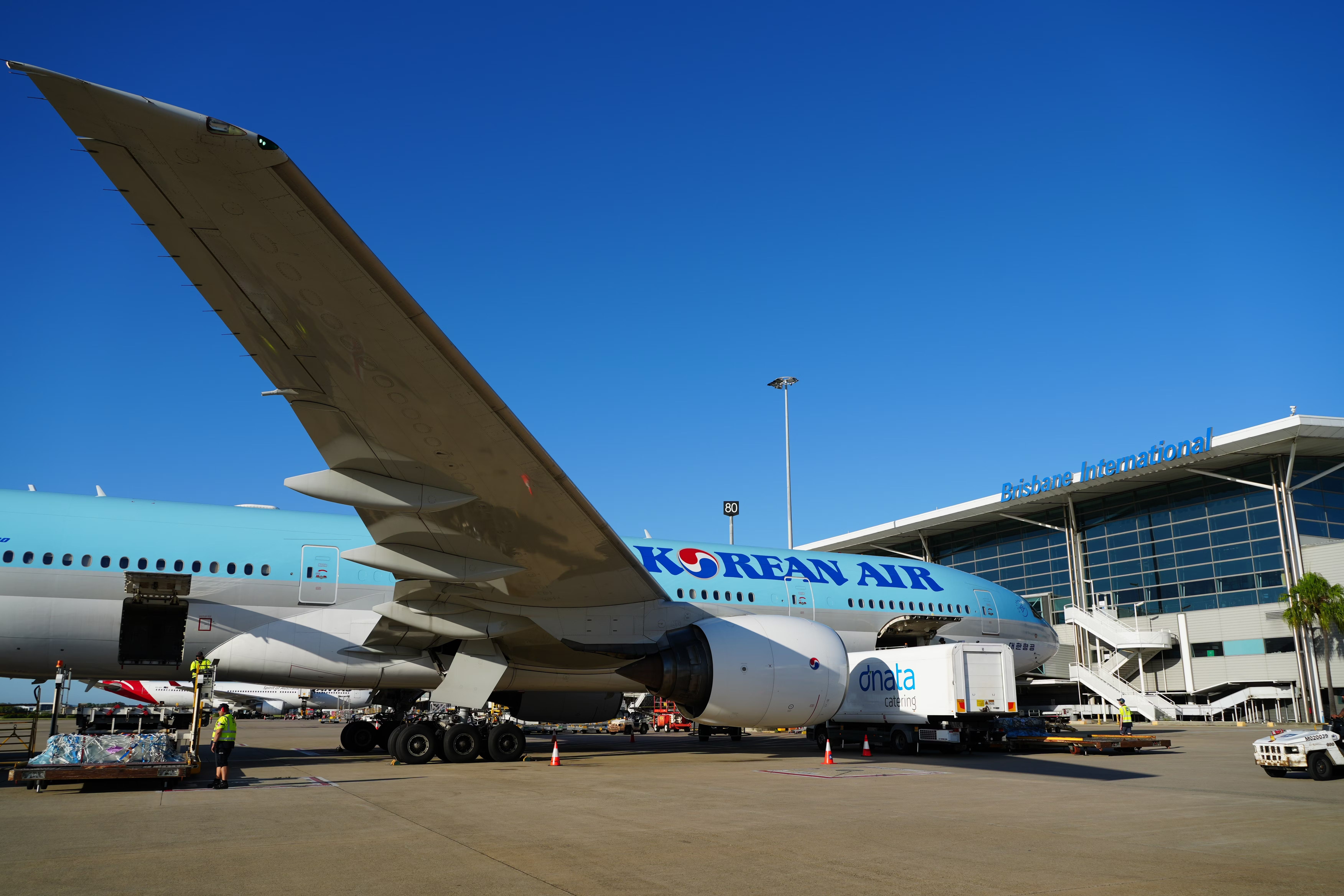
Australia's fastest-growing international gateway, Brisbane Airport, has unveiled the designs for its revamped International Terminal, part of the airport's AU$5 billion ($3.3b) Future BNE project. This will totally transform the International Terminal, which has been in service for nearly 30 years, and provide travelers with state-of-the-art technology throughout their airport journey.
Getting ready for the 2032 Olympics Over the coming decade, Brisbane Airport (BNE) will undertake a massive transformation project that includes upgrades to the International and Domestic Terminals, construction of Terminal 3 and extensive commercial, retail and industrial projects across the airport precinct, located just 14 kilometers (9 miles) from the city. The project started because the airport needed to upgrade security screening to meet Australian Government standards by the end of 2025. That seemingly small element, which has been met spectacularly well, has turned into this major redevelopment of the airport, which will catapult Brisbane into a world-class facility.

Brisbane Airport CEO Gert-Jan de Graaff said: "Our International Terminal is Queensland's gateway to the world. After three decades of service, it's well and truly time for a transformation, ensuring it's ready to welcome the world for years to come. This building is worth billions of dollars to Queensland's tourism economy and jobs every year.
" Brisbane Airport has started construction of its world-leading Aeromedical Precinct, which is due to open in late 2026. The new traveler experience end-to-end Transforming the International Terminal is a floor-to-ceiling makeover that will change passengers' experiences from when they enter the Terminal until they return and collect their bags from the new arrivals area. The project will be staged into 20 phases to minimize the impact on passengers and airlines during construction, which should be completed by 2027.
The good times start at self-check-in As soon as passengers enter the upgraded Terminal, they will see the difference, with the introduction of advanced self-service technology at bag drop and check-in . They can choose between doing it themselves or with the help of staff, but either way, the technology will reduce queues and stress as the journey starts. The future of security screening Perhaps the most dramatic change in technology is the new, light-filled security screening section on the level 4 atrium.
Next-generation Computed Tomography (CT) security screening equipment is being introduced, allowing passengers to leave items like laptops in their bags and have other loose items screened with their cabin bags. The latest technology produces images with higher levels of accuracy and will reduce the need to rescreen bags, speeding up the sometimes frustrating process. The same technology will be installed in the Domestic Terminal and is part of the largest airport deployment of Rapiscan systems in Southeast Asia , and among one of the largest globally.
The new units include: 33 Rapiscan 920CT cabin baggage screening units 10 Rapiscan RTT 110 checked baggage and oversize screening units 41 Rapiscan 4DX Explosive Trade Detection units 33 Rhode & Schwarz Quick Personnel Security Body Scanners. Queensland's Brisbane Airport has found an effective way to keep surrendered items out of landfills and put them to good use in the community. Time for something to eat and drink Travelers will have more than double the retail options available now, with 31 outlets in the newly designed space.
Brisbane's duty free area is also set to nearly double in size as part of a new ten-year partnership with Lotte Duty Free. It will focus on local brands and sustainability, combining international brands with the best that Queensland has to offer. The baggage hall has not been forgotten Out of sight, staged construction is underway in the International Terminal on a steel frame mezzanine.
That additional space will house a brand new, energy-efficient, best-in-class conveyor system and Standard 3 technology baggage security screening equipment. The mezzanine is being built above the existing baggage system to ensure continued operations and minimize the impact on operations during construction. Good things are happening outside The transformation extends outside to the apron, where a network of charging infrastructure tailored specifically to support ground service equipment (GSE) will be installed.
The GSE tugs and equipment will be converted to sustainable power, making the area a much quieter workplace for both airport ground handlers and passengers. There is a lot more, but let's finish with the proposal for a new facility, Terminal 3. Terminal 3 (T3) will be located between the two parallel runways and is planned to integrate international and domestic passengers.
The planning has begun, and the design will be heavily based on sustainability and accessibility as the Terminal's guiding principles..













